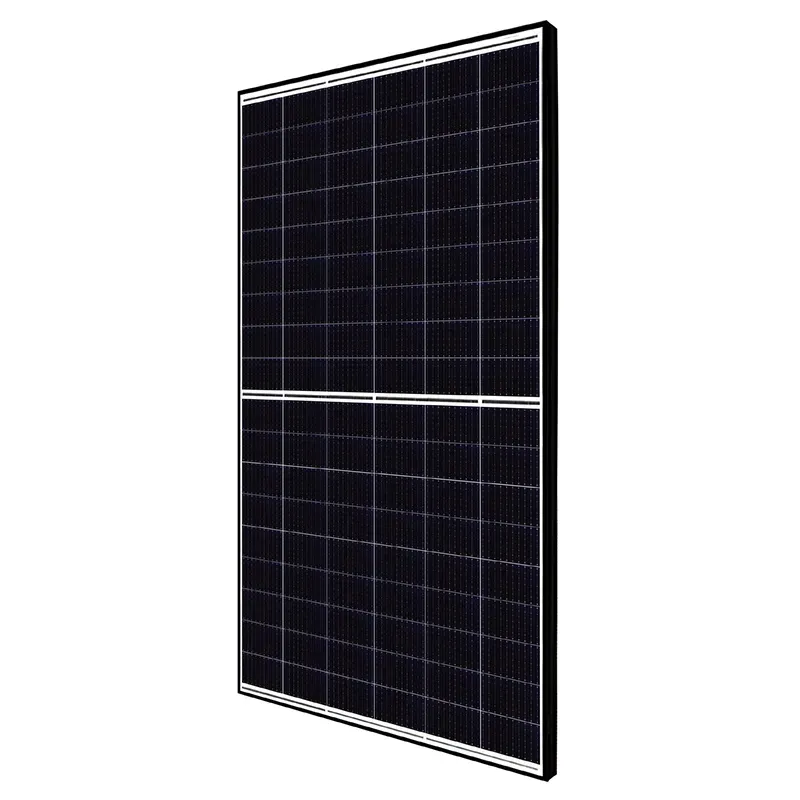bifacial vs monofacial solar panel
Bifacial vs. Monofacial Solar Panels A Comprehensive Comparison
As the world shifts towards sustainable energy solutions, solar power has emerged as a viable option for both residential and commercial applications. Among the various technologies available, bifacial and monofacial solar panels have captured significant attention due to their unique features and advantages. In this article, we will delve into the differences between these two types of solar panels, exploring their performance, efficiency, cost-effectiveness, and suitability for various applications.
What Are Bifacial and Monofacial Solar Panels?
Monofacial Solar Panels Monofacial solar panels are the traditional type, consisting of a single layer of solar cells that generate energy from sunlight hitting the front side of the panel. The back of the panel is typically covered with a solid material, such as a backing sheet or glass. These panels are widely used in residential systems, rooftops, and various solar installations.
Bifacial Solar Panels Bifacial solar panels, on the other hand, have solar cells on both sides. This design allows them to capture sunlight from both the front and rear of the panel. The efficiency of bifacial panels can be enhanced by reflecting sunlight off surfaces beneath them, such as white rooftops, sand, or other light-colored materials. This dual-sided capability enables them to produce more energy than monofacial panels in optimal conditions.
Performance and Efficiency
The primary selling point of bifacial solar panels is their increased efficiency. Studies suggest that bifacial panels can produce anywhere from 10% to 20% more energy than their monofacial counterparts, depending on the installation environment. This added efficiency is particularly beneficial in locations with high albedo (reflectivity), such as snow-covered areas or desert landscapes.
Monofacial panels, while effective, are limited to harnessing sunlight from one direction. Hence, their energy output is inherently constrained compared to bifacial panels. However, advancements in technology and manufacturing techniques have led to improvements in the efficiency of monofacial panels, making them competitive in various markets.
Cost Considerations
bifacial vs monofacial solar panel

When evaluating the overall cost, bifacial panels often come with a higher upfront investment than monofacial panels due to their advanced technology and additional manufacturing processes. However, the increased energy production can offset these initial costs over time, leading to higher returns on investment, especially in large-scale solar farms or commercial applications.
For smaller residential installations, the cost-benefit ratio may tip in favor of monofacial panels, as the additional energy yield from bifacial panels may not justify the initial expense. Homeowners should carefully assess their specific needs, budget, and installation conditions when making a decision.
Installation and Application
The installation of bifacial panels requires more consideration than monofacial panels. Bifacial panels perform optimally when elevated above the ground or a reflective surface, which necessitates special mounting structures. This can lead to additional costs and considerations during installation. In contrast, monofacial panels can be installed on rooftops or ground-mounted systems without the need for specific alignment or elevation.
Bifacial panels are particularly advantageous for utility-scale projects, solar farms, and locations where the ground surface can maximize reflectivity. For residential uses, while bifacial panels are becoming increasingly popular, monofacial panels remain a common choice due to their straightforward installation and lower initial costs.
Conclusion
The choice between bifacial and monofacial solar panels ultimately depends on various factors, including energy needs, budget constraints, installation location, and long-term investment strategies. Bifacial panels offer the promise of enhanced efficiency and greater energy production, making them an attractive option for large-scale applications. However, for many residential setups, monofacial panels remain a reliable and cost-effective choice.
As the solar industry continues to evolve, both technologies will play essential roles in the global transition to renewable energy. Understanding the strengths and weaknesses of bifacial and monofacial solar panels is crucial for making informed decisions that align with individual energy goals and economic considerations. Whether you choose bifacial or monofacial, harnessing solar energy is a significant step towards a sustainable future.
-
Navigating Off Grid Solar Inverter: From Use Cases to Trusted PartnersNewsAug.05,2025
-
Solar Edge String Inverter: A Wholesaler’s Guide to Inverter Technology SelectionNewsAug.05,2025
-
Microinverters: Revolutionizing Solar Energy UseNewsAug.05,2025
-
Future of Monocrystalline Solar Panel Efficiency: Latest Technological AdvancesNewsAug.05,2025
-
Solar Panels for House: A Complete Guide to Residential Solar EnergyNewsAug.05,2025
-
Panel Bifacial Performance in Snow and Low-Light ConditionsNewsAug.05,2025







